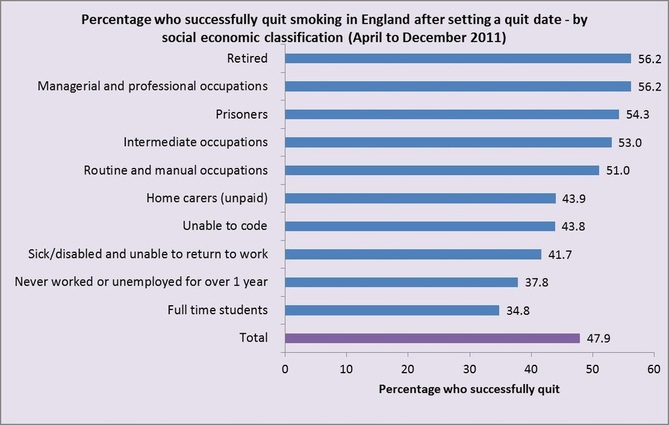

Most recruited adults from the community using media or local advertising. We identified 51 trials with 22,509 participants. We also extracted data on quit attempts, pre-quit smoking reduction, adverse events (AEs), serious adverse events (SAEs) and nicotine withdrawal symptoms, and meta-analysed these where sufficient data were available. We grouped eligible studies according to the type of comparison (no smoking cessation treatment, abrupt quitting interventions, and other reduction-to-quit interventions) and carried out meta-analyses where appropriate, using a Mantel-Haenszel random-effects model. We calculated risk ratios (RRs) and 95% confidence intervals (CIs) for smoking cessation for each study, where possible. Smoking cessation was measured after at least six months, using the most rigorous definition available, on an intention-to-treat basis. We also excluded trials carried out in pregnant women. We excluded trials that did not assess cessation as an outcome, with follow-up of less than six months, where participants spontaneously reduced without being advised to do so, where the goal of reduction was not to quit altogether, or where participants were advised to switch to cigarettes with lower nicotine levels without reducing the amount of cigarettes smoked or the length of time spent smoking. This advice could be delivered using self-help materials or behavioural support, and provided alongside smoking cessation pharmacotherapies or not.
WAYS TO QUIT SMOKING AND SUCCESS RATES TRIAL
Randomised controlled trials in which people who smoked were advised to reduce their smoking consumption before quitting smoking altogether in at least one trial arm. Date of the most recent search: 29 October 2018. We also searched trial registries to identify unpublished studies.

We searched the Cochrane Tobacco Addiction Group Specialised Register, MEDLINE, Embase and PsycINFO for studies, using the terms: cold turkey, schedul*, cut* down, cut-down, gradual*, abrupt*, fading, reduc*, taper*, controlled smoking and smoking reduction. To assess the effect of reduction-to-quit interventions on long-term smoking cessation.

However, before this method can be recommended it is important to ensure that abrupt quitting is not more effective than reducing to quit, and to determine whether there are ways to optimise reduction methods to increase the chances of cessation. Reducing smoking behaviour before quitting could be an alternative approach to cessation. However, many people who smoke have tried to quit many times and may like to try an alternative method. The standard way most people are advised to stop smoking is by quitting abruptly on a designated quit day.


 0 kommentar(er)
0 kommentar(er)
